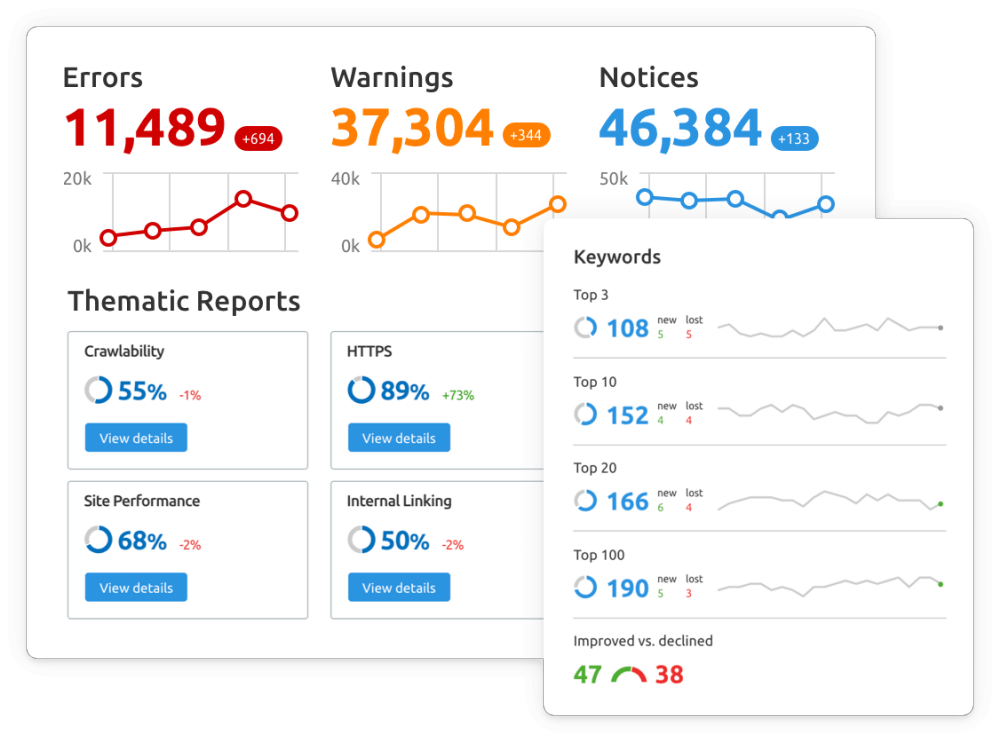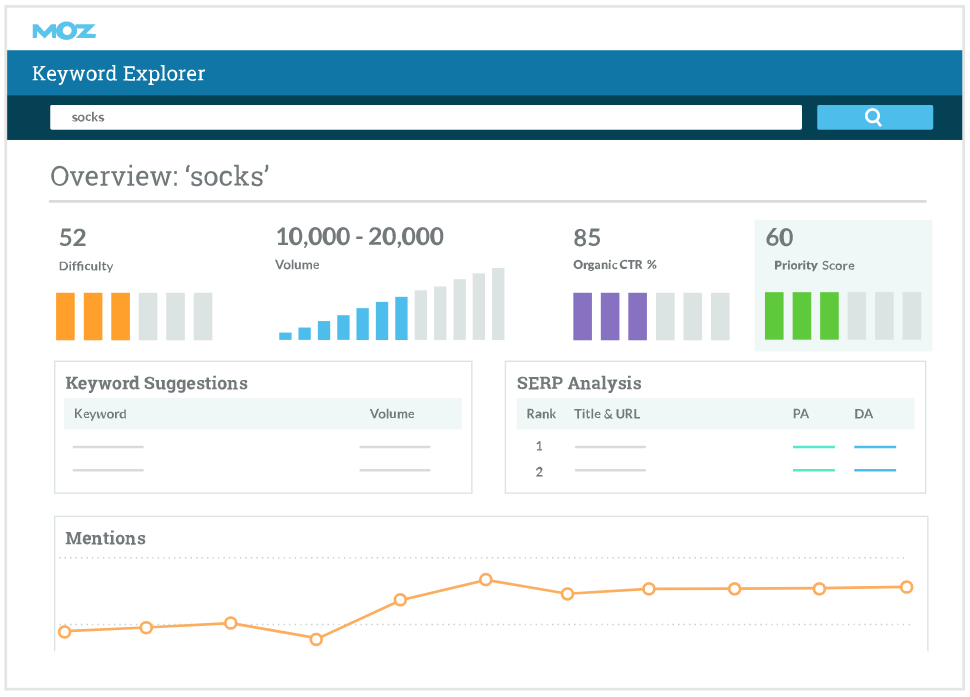 The challenges faced by employees in the project management life cycle are constantly changing and evolving, causing the need for ongoing training and coaching opportunities. With the level of stress and diversity of tasks set before personnel always on the rise, it’s important that leaders understand how best to avoid having people becoming overwhelmed. It’s easy to lose sight of the balance between the demand for compliance and new capabilities and the peace of mind personnel desire, but it’s up to bosses to determine how best to establish this keel.
The challenges faced by employees in the project management life cycle are constantly changing and evolving, causing the need for ongoing training and coaching opportunities. With the level of stress and diversity of tasks set before personnel always on the rise, it’s important that leaders understand how best to avoid having people becoming overwhelmed. It’s easy to lose sight of the balance between the demand for compliance and new capabilities and the peace of mind personnel desire, but it’s up to bosses to determine how best to establish this keel.
The best way to do this is by taking the perfunctory process of traditional training out of the project management landscape and replace it with something more dynamic. Instead of just offering or mandating educational opportunities, leaders have to find ways of enticing staff members to participate in these plans, as well as keeping employees interested in following through on services after required learning is completed. The answer to these problems in many cases is gamification.
Make it fun
Creating a training and coaching landscape that focuses on fun in the workplace may seem alien to many project managers, but this technique has been shown to help support ongoing motivation and increased retention of key lessons. What’s more, it allows personnel to enjoy their jobs more, as they feel there’s an essence of play to the work they’re obligated to complete.
Gary Farmer wrote for Local Berkshire that the presence of games in the workplace is facilitating better reception of targeted business endeavors, as well as helping employees to think in innovative ways. Gartner estimated that around 70 percent of companies already use these kinds of systems, combining the power of traditional learning with the incentivization and competitiveness offered by adding gamification to the process. Setting up systems that specifically target teamwork, entertainment and project management goals can help leaders meet their expected outcomes.
Make it meaningful
There are plenty of areas in everyday operations that offer bosses the opportunity to scrutinize workforce behaviors. Not all of these need to be part of the gamification process, and understanding the difference can significantly strengthen the value of these programs.
As Tony Ventrice stated in Destination CRM, it’s better to measure the quality of performances rather than the amount of work someone is getting done. This helps reinforce positive, progressive activities instead of just applauding the fact that any work was completed at all. While some activities like sending emails, interacting with social outlets or engaging with HR solutions are essential for smooth project management oversight, these aren’t the kind of events that need to be praised. Tying meaning to motivation is crucial for gamification success.
Make it visible
The best way to get people excited about gamification and training is to make the process obvious and accessible. That way, more people know about the programs, rewards and process so that the maximum amount of interest can be garnered toward these endeavors. What’s more, there are creative and fun ways to ensure that people are aware of the various kinds of practices associated with gamification in the project management life cycle, thereby attracting more participation and gaining higher levels of acceptance.
Entrepreneur’s Rocco Sannelli said that the challenges and levels associated with gamification can easily lend themselves to game conventions in the workplace. Handing out badges, creating social media icons and providing technological and physical reminders of every employee’s progress helps make these training initiatives part of everyday operations. What’s more, such visible reminders of gaming and achievement drive people to strive for better rewards themselves, as well as creating a sense of pride in a system that’s actually aimed to help them do better at their jobs.
Creating such a network of motivation and rewards helps make team members more innovative and dynamic, Sannelli wrote. That’s because people challenge themselves not only to meet written expectations, but also to exceed these guidelines and gain better rewards. They also feel compelled to out-perform their co-workers, resulting in an environment of competition and collaboration. The power of gamification in the project management sphere can help increase the efficiency of training, as well as the effectiveness of team building.
Read more





